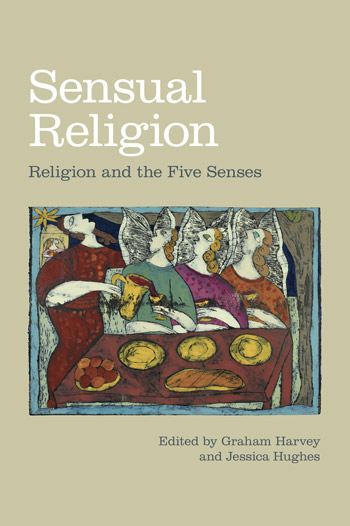Reviews
Broadens the approach to the study of BDSM by emphasizing the need to encounter BDSM on its own terms and beyond its associations in popular imagination, namely, that its primary function is sexual gratification. ... Engaging and accessible, and it will especially interest non-specialists given its breadth of subject matter.Reading Religion








